|
WHAT TO LOOK OUT FOR ... AND SOME SMART QUESTIONS TO ASK The world is full of recruiters, but if you're a company founder, you've probably noticed that they could do better at serving the needs of innovators and start-ups. In truth, most serve corporate and multinational clients' needs, and their business offering is structured to reflect that. As a founder, this can be frustrating, so here is some context to help you understand how to choose and interact with agencies and some tips in the form of questions to ask a recruiter before engaging with them. STRUCTURE: A typical recruitment firm has multiple offices and many recruiters - mostly junior - often in their first year in the industry. They hire for sales skills and attributes (not service delivery), which reflects their business development and remuneration model. They have a high turnover of staff. HOW THEY SEE YOU: Start-ups are seen by some recruiters as low-value, price-sensitive and high-maintenance clients, compared to corporates with high volume and predictable recruitment needs. You will be low on their priority list. HOW THEY ARE INCENTIVISED: Agency recruiters have high billing targets and are expected to pick up many jobs, hoping to fill enough (30-40%) to meet their targets. They compete directly with other agencies on the same roles, so candidates may be contacted by several agencies for the same position, leading to ugly disputes over candidate ownership. NECESSARY EVIL OR VALUED PARTNER?: Recruiters are often opportunistic - an approach that can work for corporates, who favour their in-house recruitment teams and see agencies as a backstop when all else fails. However, as a start-up with limited resources, you need a much higher fill rate from your recruiter. ADVERTISING OR SEARCH?: Because of their high volume and low percentage fill approach, agency recruiters tend to rely on advertising more than search. They use 'blind' advertising (they don't mention your company by name) as a defensive move to keep competitors at bay rather than for your benefit. FEE STRUCTURE: Recruiters typically base their fee structure on percentages of salary packages. This model works for high-volume corporate clients where salaries are predictable. However, for a start-up, there may be a wide variance in compensation for a particular role leading to uncertainty around where the final fee may land. QUESTIONS TO ASK YOUR RECRUITER As a start-up founder looking for a recruiter to help you source talent there are some good questions to included on your briefing process: Will you fix a fee? This clarifies exactly what the hire will cost you, irrespective of the package the candidate ends up taking. Also don't be afraid to ask for staggered or flexible terms if this helps you with cash flow as a small business. What are your refund terms? Be clear to understand what you will get if the candidate is unsuitable or pulls out early. Make sure to keep track of deadlines for refunds so you don't get caught out. What search methodology do you use? This will help you understand to what extent the recruiter will be pursuing multiple channels to find candidates and not just posting an ad and hoping for the best. You really want to know that they are actively precision-targeting candidates on your behalf. What percentage of your jobs do you fill? This can give you some indication of how committed they are to filling your role proactively rather than just running a desk with lots of prospects and oping that some of them will work out. How will you present the candidates to me? Just resume? Resume and report? Video of the candidate? Make sure you know what will help you determine if the candidate is suitable for your needs before you commit the time to interview them. Have you worked with start-ups before? This will give you some insight into whether they understand the challenges that a start-up faces when recruiting and whether they know which candidates will thrive in a start-up environment. Who will be working on my job? Make sure you know which team member is going what are the recruiter end. Make sure you are dealing directly with the person that you brief and not a sales person who will pass the role onto someone that does not understand your needs. How will you sell my business to candidates? You want to know that the recruiter will positively reflect on your business and employment brand. Make sure they have supporting material to share with candidates.
0 Comments
Historically, recruitment methodology fell into two camps.
Sometimes you did both, but they were essentially two separate processes. Not any more. Advertising has never had more reach, and yet your message gets lost in the noise. Also, a lack of barriers to applying means an inundation of junk applications that take hours to process. On the other hand, search has never been easier, since resumes and professional profiles are now readily available online, and search tools make it simple to track down individuals that meet your job criteria. Despite this, hiring managers, talent acquisition specialists and recruitment industry professionals alike still fall for the "advertise and hope-for-the-best" option. When that doesn't work... panic to roll out a full-blown search campaign. In reality a combined approach works best. Yes, your ad should attract active job seekers, but also acts as a landing page for passive (searched) candidates. Every job should also include a component of search and you don't need to be a trained recruitment professional to do this. With LinkedIn, you don't need to work too hard to identify candidates that fit your job. So here's my simple to-do guide to running a modern recruitment campaign:
It really doesn't matter where your ideal candidate comes from: advertising, search, social media, referrals or your personal network, but if you don't use all channels simultaneously then you are underselling your opportunity. Thanks to modern ATS software, SM management tools, search engines and, of course LinkedIn, with a bit of initial set-up you can create a powerful distribution and candidate capture system that sweeps the market every time you hire. Want to know more? Dr John Bethell consults to life sciences start-ups on setting up their own recruitment systems on a lean budget. Just visit Recruitment 101 for more details. The old year is done and the new one just begun. You're relaxed and focussed after the holidays and raring to go with your strategic plan for the year.
But, day one back at your desk and... so many priorities! Let me explain why recruitment should be at the top of the list. Whatever plans you have to grow your team there is really no time to waste. Think about it - on average it takes about 4 to 8 weeks to hire, so if you start today (let's assume it's mid-January) then you are looking at late February to mid-March before anyone signs on - at best. Then there's the notice period - call it a month by the time your new hire has decided to take a short break between jobs. Optimistically, you are looking at an April start and, chances are, it will be after Easter. That's a quarter of the way through the year already! Secondly, think about the candidate supply. January is a window of opportunity to pick up candidates that may not be nearly as receptive later in the year. Put yourself in the candidates shoes. Those that love their job aren't going to be looking. But if they're not so sure and they didn't quit before Christmas, then there is nothing more depressing than coming back to your desk after the holidays. The reality is that many have either resolved to look for new work in the new year or become open to the idea as soon as they come back to work. By February, they are often too busy to think about it or back into the swing of things. Worse still, a competitor hired them out from under you while you were working out your priorities. Don't miss the January window to hire good people. It won't come around again for another year. A curious thing about start-up board building is that it often seems to circumvent the principles of recruitment best practice. Not a great idea.
Board recruitment is a specialised discipline, but it is a recruitment process none-the-less and should have all the right checks and balances, particularly given that recruiting the right board for your start-up is so critical to success. Early-stage founders may feel that they need to approach potential board members with a level of deference that can rob them of objectivity. In our experience potential board appointees are, in fact, flattered to be approached, realistic about their suitability and magnanimous when not appointed for rational reasons. After all, they are generally world-wise, successful professionals with little to prove. They are rarely motivated by financial gain (a red flag if they are), have a genuine desire to help start-ups by sharing their knowledge and will only take on projects that they find inspiring. With that in mind here are a few pointers on to how to approach board recruitment so that you get it right first time and treat candidates with the respect that they deserve. DO’s
DON’TS
If you wish to enquire about how Luka Bio can assist you with the search and appointment of a board member or chairperson contact Dr. John Bethell here. If you are a professional it is very likely that you have a LinkedIn profile - you and 720 million others globally (at time of writing). At launch, LinkedIn promoted itself as a 'professional networking' tool and, whilst this broad definition still works, LinkedIn has essentially morphed into a recruitment tool, according to their own business model. If you have a LinkedIn profile, it therefore makes sense to view it as your de facto online resume. Your viewing audience certainly does. With that in mind ask yourself, how well does it serve that function? As a recruiter I look at LinkedIn profiles all day, every day so I have strong opinions on what makes a good profile. Here are three key tips to improve your online presence. 1. Make sure your profile photo shows you in the best light None of us are good judges of our own photos so best to outsource the decision. You can ask friends and family but they are not objective either, so I use a website called www.photofeeler.com to crowdsource opinion. It is a very cost effective way to get brutally objective feedback on a range of headshots. Examples below: 2. Keep your LinkedIn profile up-to-date One huge advantage of a LinkedIn profile over a regular resume is that is is dynamic, but only if you maintain it. So often we see profiles that have not been updated. Perhaps set a diary note to give your profile some love once every few months. 3. Pepper your profile with keywords You may not realise it but your resume is searchable by recruiters and potential employers, both through LinkedIn's own search engine and on the wider internet. Generally searches will be based around key criteria for the job and, if your profile is light on detail, you may well miss out on being contacted for a great new career opportunity. Make sure that you use keywords that reflect the job you are looking for next. There are plenty of other great ideas available on line but, suffice to say, the more work you put into your profile the better your chance of being visible to, and making a great impression on any future employer. What is the first thing you do when you start recruiting?
The typical answer is, ‘write a job ad’. For me, this is the improv approach to recruitment. It might lead to a good outcome, but more likely, it will go off the rails at some point. Either way, you don’t know where you’re going until you get there. It would help if you had a plan Hiring someone is a project. It has a starting point, a set of procedures, a timeline and a clear goal at the end. You should treat it as a project - and every project needs a plan! In this case, it is the job description. Get this right, and everything that follows should flow more efficiently, on time and increase your chances of a successful outcome. You will use this blueprint to craft your ad copy, construct screening and interview questions and drive the reference and offer stages. Even after you have hired, you will use it to onboard, set goals for and performance manage your employee. Start with your needs ... then look for the right person Another typical mistake is to start with a particular person or profile in mind. My advice is to start by considering what outcomes you need for the business and then build a profile around those criteria. If you do this well, then candidates will have specific criteria against which to measure themselves. This will broaden the field to include backgrounds you may not have considered, yet it also makes applications more targeted to the job requirements. A bit of effort up-front saves you time in the long run As a busy start-up founder or CEO, you may feel writing a job description is a time investment you cannot afford, but without doubt, it will save you time and money, and improve your chances of success. Build a Job Description Template The easiest way to start is to use a standard template, and I recommend creating one for yourself. To give you a head-start you can use the following headers and suggestions to build your own template. Title Note: The title you use internally may be the same as the one you advertise publicly, but not always. For example, a ‘Business Development Manager’ can mean very different things depending on the makeup of the role and the needs of the business. The reader will interpret this title through their own lens. Objective Note: Describe, in a brief paragraph, the main deliverables that you want from this role. This should be a high-level statement – there is room for detail later. You can be specific, e.g. if you expect this person to deliver a particular project or an annual sales target. Reporting Line Note: Who does this person report to? What is the nature of this reporting relationship? Relationships Note: Who does this person interact with in their role? This should be divided into Internal and External relationships. Include anyone that reports to this person. Tasks Note: This should be a comprehensive list of activities that this person will be responsible for in the course of carrying out their duties. Use bullet points. Skills Note: What skills will be required to carry out this role? You can divide this into essential and desirable skills. Candidates rarely come with all skills intact – some will need to be learned on the job. Use bullet points. Experience Note: What prior experience would be advantageous for this person to have? Sometimes previous experience, and the networks that come with them, can be an immediate advantage when someone starts a role. However, bear in mind that someone with less experience but who has strong innate attributes will likely be a better asset to the company over time when compared to an average performer with prior experience. Also, experience in another setting can often be associated with bad habits that need to be unlearned. Qualifications Note: Divide into mandatory and nice-to-have. Attributes Note: These are the personal qualities, values and attitudes that will best suit someone in this role and your company culture. Value alignments with the company should be consistent over time and across all employees. Other personal qualities will vary with the position, e.g. a salesperson will have different attributes from someone in a regulatory role. Try to avoid cliches like ‘self-starter’ and ‘team-player’ as they come across as meaningless unless you define what they mean in this particular role. Let's face it - there is not a lot of hiring taking place at the moment. If anything, businesses are more inclined to be letting people go, but if your start-up is thriving in the current environment, you might be forgiven for thinking that you're in a buyers market. The arguments for this go a bit like this:
However, there are some inherent pitfalls in thinking this way:
So, by all means, keep hiring, but stay on your toes. Here are some things you can do to mitigate your risk:
So what difference does a month make? Well, not that much according to our data but the top line story is that there has been a small but consistent improvement in sentiment across all areas of business. When aggregated the overall sentiment index improved from 50% in April to 54% in May. Financing continues to be the major concern but shows the largest jump by six points from 43% to 49%. SENTIMENT BY SECTOR Our results show a similar pattern to April with the additional data from CROs (87%) and Industry Consultants (38%) top and tailing the industry, reflecting an appetite to outsource research at one extreme, and a reluctance to incur additional costs at the other. Sentiment in Telehealth surged, with an average sentiment of 73% up from 59%, while Digital Health softened slightly from 62% to 56%. Biotech held steady at 56% while Pharma softened from 58% to 53%. Diagnostics improved to 54% from 43% and Medical Devices lifted to 47% from 42%. SENTIMENT BY REGION Hungary has a strong showing in all areas with an average score of 74%. This may correlate with the low incidence of COVID-19 (total of 486 deaths by 24th May 2020). Amongst big movers, Ireland has lifted from 33% in April to 62% (more diverse sector representation) and Scandinavia drops from 67% to 53%. Switzerland has leapt from 37% to 53%. The Baltics is a newcomer at 56%. The UK and Italy currently rank as lowest sentiment overall at 42% each. OUTLOOK
The overall mood across the industry in May is distinctly more sanguine than in April 2020. In our discussions with leaders this month there is a recognition that times are going to be tough in the short-term, particularly with regards to securing finance, but that the long-term prospects for the industry are either for a full recovery, or the more prevalent point of view is that life sciences will flourish in a post-COVID world. There is broad agreement that some sectors will ride the white water better than others, and this is certainly borne out by our findings. The challenge for most companies, particularly smaller start-ups, is how to fund themselves through the lean times ahead. Some tough decision making, and creative thinking are required. Founders need to ask themselves if their innovation is still relevant in the new economy. As in any crisis, the strongest, fastest and most adaptable will survive, while the vulnerable (and the unlucky) will be caught out. We don’t sense panic in the marketplace at the moment. On the contrary, many are thinking about or already seizing opportunity. The disruption will create plenty of space for new companies to emerge. There is also a general sense that Europe will emerge as a stronger competitor on the global stage within life sciences and that the industry, as a whole, will receive much more positive attention from investors, the media and the general public. The Covid-19 pandemic has so completely disrupted the global economy, health systems and our daily lives that we are all reeling. Much of the economy is clearly in trouble, but what about the life sciences innovation industry? We wanted to get some sense of what the future holds, so we reached out to our network to collate the general mood of the market. We gained some useful insights to share but we also wanted to put some metrics around our findings. At the start of April 2020, we conducted a prospective sentiment survey, asking 54 entrepreneurs across 16 European countries how they feel their business will be impacted in three key areas – R&D, finance and workforce. We targeted smaller start-ups (headcount less than 20) who represented over 95% of respondents. The full report can be downloaded HERE ... but this is a high-level look at our findings. Which Sectors Are Most Optimistic? Our results show a distinct difference between digital/tele-health businesses, as most optimistic, compared to medical devices as the least. There appears to be a couple of driving factors. Firstly, companies that rely on physical locations for R&D e.g. animal studies or engineering labs, have been heavily impacted by the lockdown, whereas computer-based research can be carried out remotely. On the demand side, companies in digital and tele-health are well positioned to take services off-site, and in fact, the need to do so has accelerated the uptake of their solutions. Tele-health in particular has seen a large increase in sign-ups. IT software solutions can also be rapidly re-purposed to meet the needs of the market in a crisis – hardware, less so. Which European Ecosystems Are Most Optimistic? Here our results show a wide variation in sentiment across Europe. Scandinavia and Benelux were the most bullish with Ireland showing particular pessimism. The northern powerhouses have strong and established ecosystems and have been generally less affected by Covid-19 than southern countries. The UK is less optimistic than might be expect - possibly a combination of ongoing Brexit concerns plus a general anxiety about the projected spread of the Covid-19. Size Does Matter We also noted a correlation of optimism between size (and probably, therefore, maturity) of businesses. Impact on R&D vs Finance vs Hiring There is a clear pattern in April 2020 regarding which of these factors is most impacted. Headcount and hiring intentions are least affected, with most respondents reporting a 'wait-and-see' policy. R&D, in pockets, was immediately affected for those that cannot attend their place of work to carry on research. Concerns around financing is clearly the greatest cause of pessimism with anecdotal evidence that the flow of private money is already being restricted, though public money less so – particularly for projects directly related to Covid-19. Will Sentiment Improve or Deteriorate With Time? Our result showed that the life sciences innovation sector is perhaps ‘alert but not alarmed’ – at least in the first 2 weeks of April 2020. That said, this is a fast-changing situation. It is notable (and measurable) that sentiment dropped between the first and second week of the survey. Will this trend continue? Our intention is to repeat the same survey at the start of May 2020, and your participation is most welcome. The best way to keep track of follow-up surveys and results is to join our LinkedIn ‘Covid-19 Life Sciences Business Sentiment Survey’ Group. Here you can access the full report, engage in discussion and receive notification of future surveys. If your project shows promise, then one thing is for sure. You are going to have to grow. Of course, you are going to need investment - that’s a whole challenge of its own, but the other thing you’re going to need is a bigger team.
DIY Recruitment So what do you know about recruitment? Chances are not much - it just not a practical skill that is taught well in most business courses, and not at all in the sciences. But you’re an entrepreneur now, so it’s time to learn on the job. Luckily your first hires are likely to be junior versions of yourself, which means you kind of know what you are looking for. But as your growth accelerates, you are going to hit a couple of significant bottlenecks. Firstly you will find that recruitment is very time-consuming. Hiring one person is manageable, but what happens when you need to bring on several new employees a month? It can quickly take up most of your valuable time. Secondly, as you move from proof of concept to commercial scale-up, you are going to start hiring people whose expertise is outside your sphere of knowledge. It will be increasingly hard to know where to find them. Also, how will you judge if you’re hiring the right person for the job? Crunch Time This might be an excellent point to think about outsourcing recruitment. It may seem like a cost to the business to pay someone else to do it, but what is the opportunity cost of your time? More importantly, what is the cost of a bad hire, or an empty desk? It’s sobering to remember that a high-performance employee can outperform an average employee by a factor of 4, so you owe it to yourself to attract the best. Chicken or Egg? Another thing to consider is this. Ask any venture capital expert 'what is the most important factor in your decision to invest in a start-up?', and they will tell you, ‘it’s all about the people - if that isn't right we walk away’. So before you go asking for investment, ask yourself - 'do I have the right people on my team?' Rule of Thumb It can be tough to know exactly when is the right time to engage with external recruiters, but I would suggest asking yourself the two following questions: Can I afford to yet? Can I afford not to? The answer quickly becomes apparent. |
AuthorDr. John Bethell has 28 years experience in health and life sciences recruitment. He is co-founder of two successful recruitment firms employing over 100 staff and delivers training on setting up recruitment systems for start-ups. Archives
October 2022
Categories |




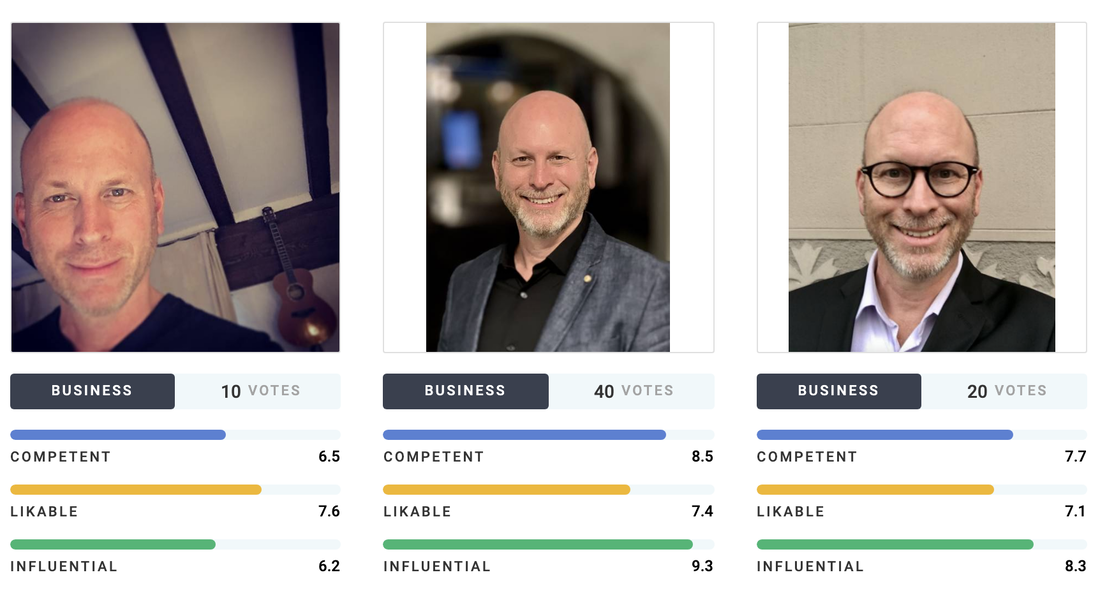


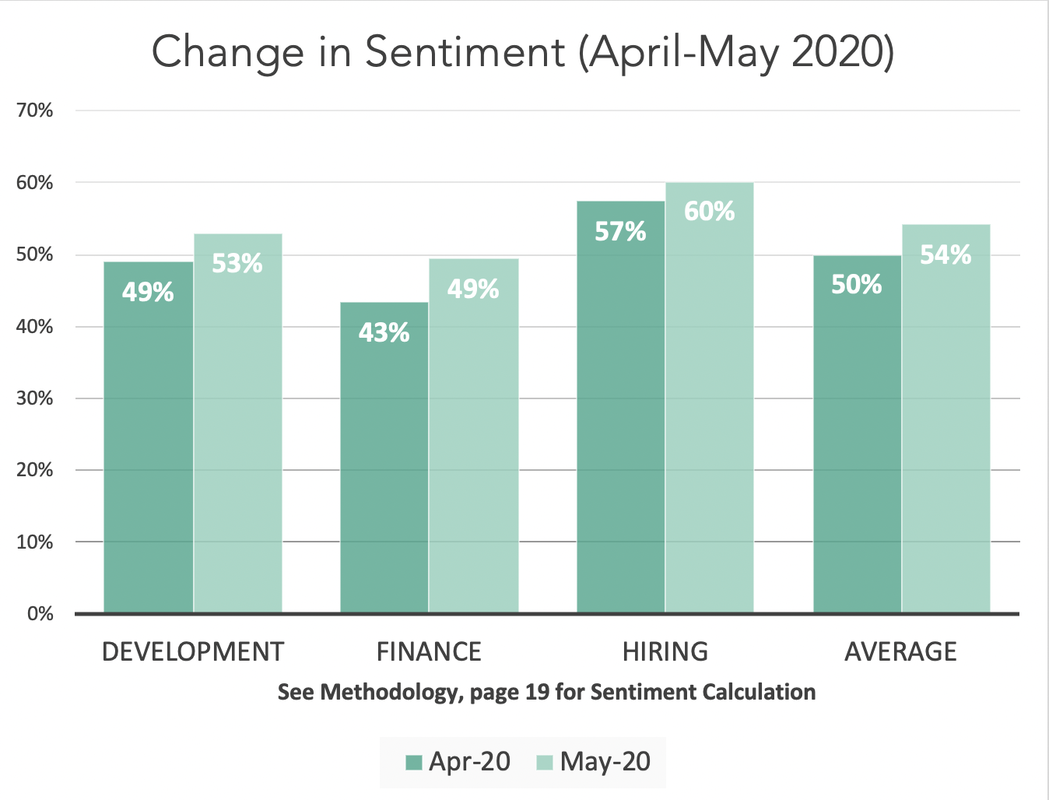
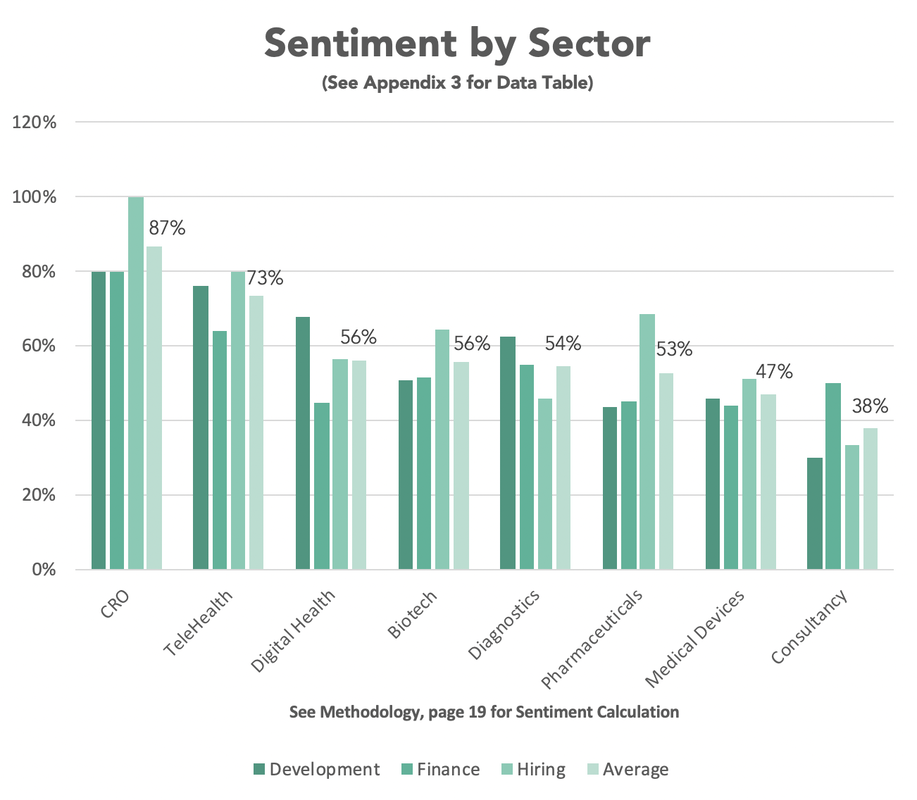
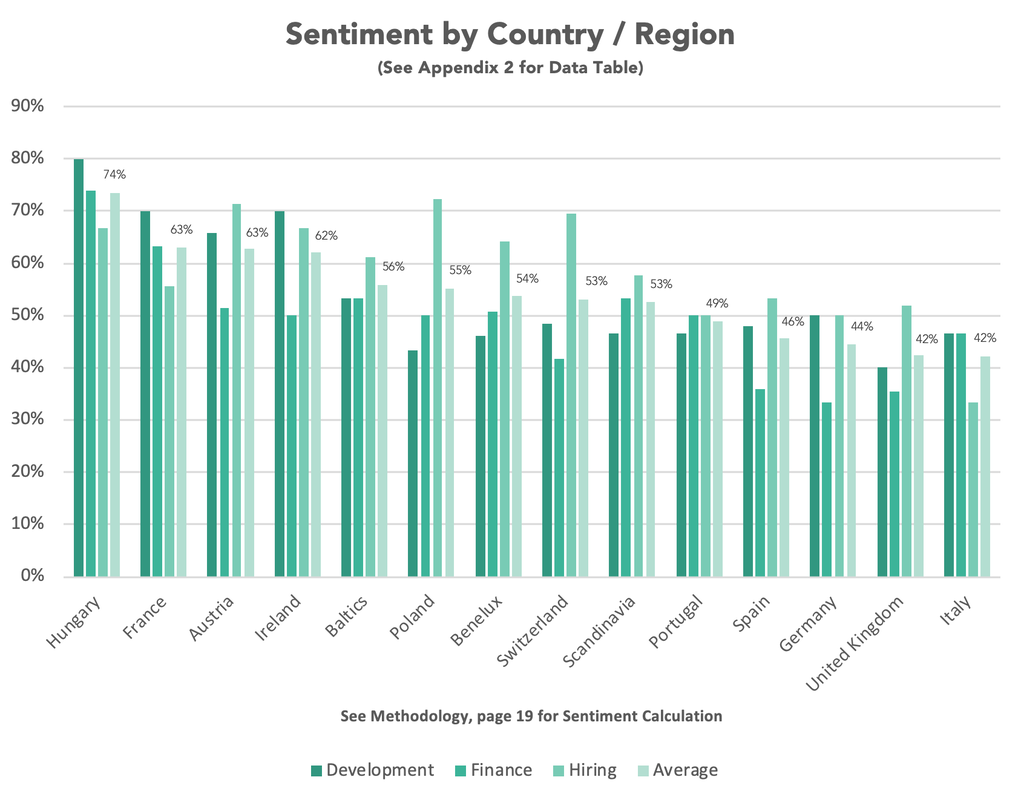
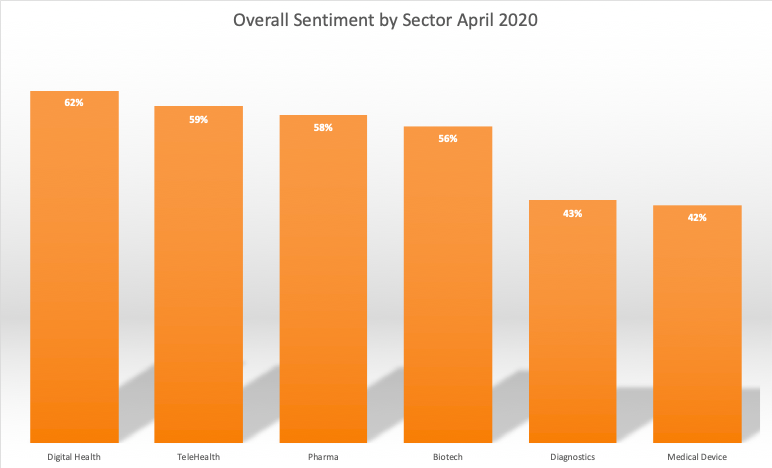

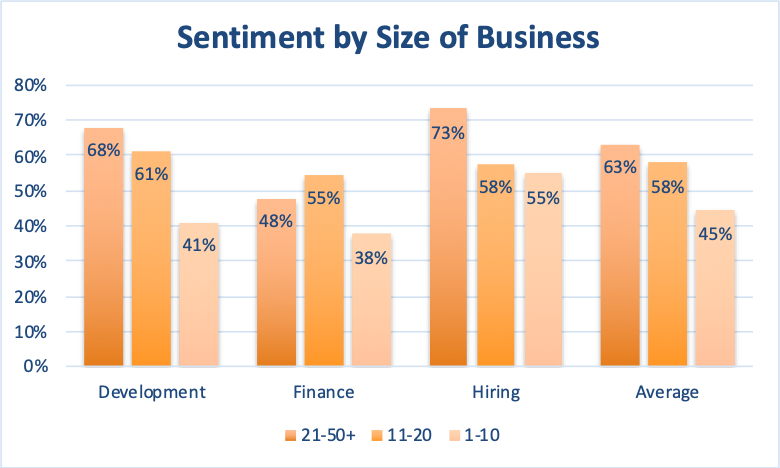

 RSS Feed
RSS Feed